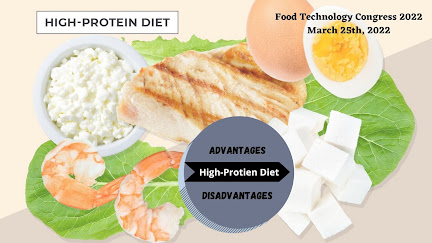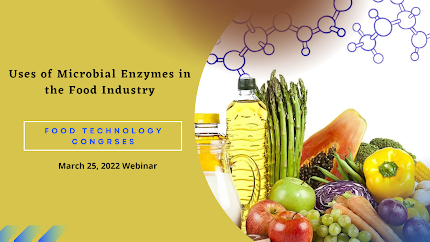What are disadvantages of food preservation?

Food preservation refers to a variety of techniques for keeping food from spoiling after it has been harvested or slaughtered. Such customs can be traced back to primordial times. Drying, chilling, and fermentation are some of the oldest ways of preservation. Canning, pasteurisation, freezing, irradiation, and chemical addition are all examples of modern processes. Modern food preservation has benefited greatly from advancements in packaging materials. Any change that renders food unfit for human consumption is considered food deterioration. Contamination by microbes, insect infestation, or breakdown by endogenous enzymes are all possible causes of these alterations (those present naturally in the food). Food spoilage can also be accelerated by physical and chemical changes, such as the ripping of plant or animal tissues or the oxidation of particular food ingredients. Foods derived from plants or animals deteriorate quickly once they are harvested or slaughtered. Any mechanical in




